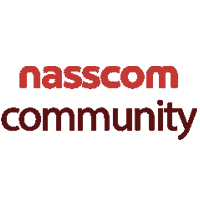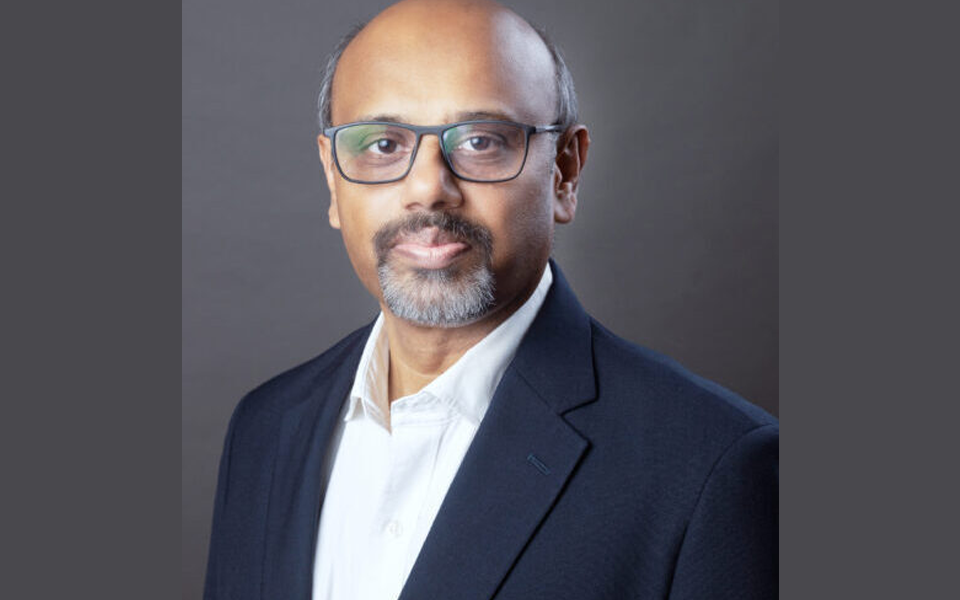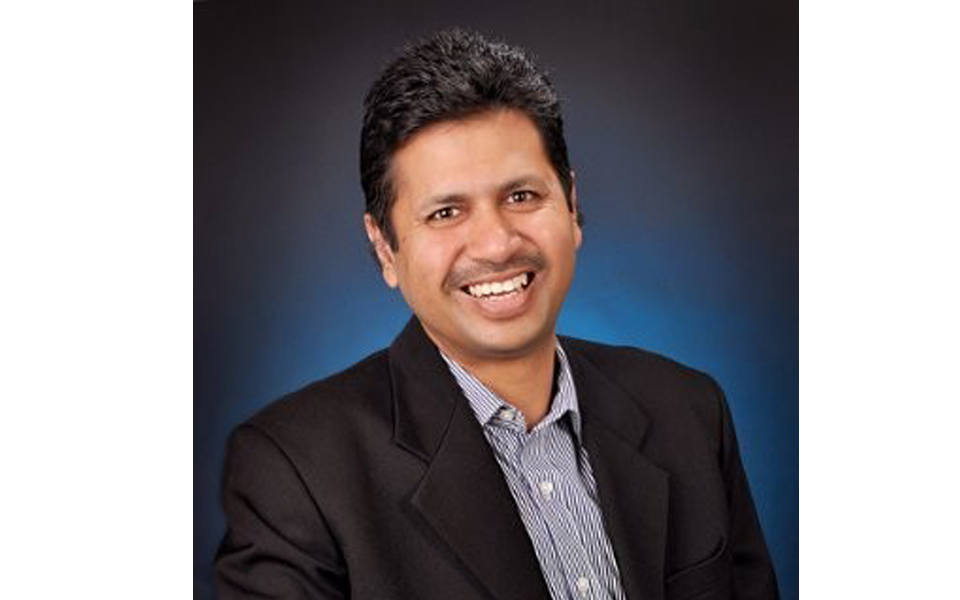“In this era of rapid technological advancement, it’s imperative that we redefine the conventional paradigms of business excellence. By integrating technology across all facets of SQMPSS (Safety, Quality, Maintenance, Production, Supply Chain, and Sustainability), we can effectively address the critical elements of waste, variability, and inflexibility in the value chain. We stand firm in our conviction that reaching and even surpassing technical limits is within our grasp, provided we adopt a comprehensive approach (IT+OT) that harmonizes business strategies and technical tools. This is not just a belief, but a commitment to pushing the boundaries of what’s possible.”
- The manufacturing sector is constantly under pressure to enhance productivity and efficiency while reducing costs leading to uptick in adoption of smart manufacturing or Industry 4.0 principles. What are some of the industry best practices in smart manufacturing, and how does it align with your strategy and approach as a service provider?
Research shows that 70% of smart manufacturing projects fail or don’t achieve their end objectives. Hence, it is crucial to adopt best practices from inception stage of the transformation journey. Some of our recommended best practices are:
First, it is crucial to initiate the transformation with a business objectives-first approach rather than a technology-first approach. It is important to identify KPIs and process debt linked to the business objectives as it leads to controllable levers that meaningfully impact the KPIs, helping to zero in on the relevant insights needed for appropriate decision-making. Ultimately, this approach should guide in selecting the best technology to achieve business objectives.
Secondly, it is essential to have a core team with the right mix of business understanding and technological expertise. This ensures a focus on 'fit-for-purpose' solutions and prevents us from succumbing to over-processing losses.
Finally, it is crucial to establish an appropriate impact tracking mechanism linked to specific transformation initiatives and the organizational performance appraisal system. This approach ensures that sustainable impact is realized, positively influencing both the top-line and bottom-line of the organization.
- Hitachi has its Hitachi Industry 4.0 Maturity Model. Could you talk about it highlighting the different maturity levels, key areas of focus in terms of offerings and capabilities, and advanced technologies (such as AI/ML, digital twin, etc.) being leveraged.
Hitachi's maturity model is structured into six levels starting from connecting assets, integration of systems, visualization of data, ML based prediction system, Prescriptive analytics and symbiotic.
We leverage our 'Digital Strategy & Roadmap' offering toassess the organization's current maturity levels across these six levels and benchmark them against globally recognized best practices. This provides an accurate reflection of the organization's existing operational state. Our maturity model spans various dimensions, encompassing the client's strategy, operational efficiency across SQMPSS (Safety, Quality, Maintenance, Production, Supply-Chain & Sustainability) systems, and people capabilities.
This in-depth assessment, conducted by our industry experts, identifies opportunities for improvement, technological gaps, and workforce skill gaps. It lays the groundwork for the transformation journey, ensuring that the organization is well-equipped to embark on its digital transformation with a clear and actionable plan.
- How can IT and OT convergence help realize the vision of Digital Transformation? What are some of the key attributes that manufacturers must keep in mind to reap the benefits of IT-OT convergence.
With a legacy of over 110 years in Operational Technology (OT) and more than 50 years in Information Technology (IT), Hitachi has been at the forefront of this convergence across diverse sectors, including energy, mobility, and Connective Industries. Hitachi proudly operates its own lighthouse factory in Japan, a testament to the convergence and its manifold benefits.
The key to a successful digital transformation lies not just in acknowledging the significance of IT systems, but also in strategically integrating them across OT assets. This comprehensive approach encompasses system integration, edge analytics, and closed-loop predictive and prescriptive systems capable of controlling assets. It also includes video intelligence for process optimization, innovation through Generative AI, platform-centric scalability (with LCNC capabilities), and a unified operating model. All these elements collectively contribute to a successful digital transformation journey.
The final facet of our strategy is the upskilling of our Operational Technology (OT) workforce into Information Technology (IT) technologies. Individuals who possess an understanding of the value chain and processes can significantly enhance their contributions if equipped with IT skills.
To facilitate this, we recommend establishing a Digital Academy within organizations. This academy will spearhead use case envisioning, solution development, deployment, and change management. These initiatives will be led by individuals from the OT domain, thereby fostering a greater adoption of solutions at all organizational levels. This approach ensures that our workforce is not only well-versed in current technologies but is also prepared to adapt and thrive in the face of future technological advancements.
- How do you see the next phase of industrial transformation, Industry 5.0 evolving? How are you enabling the shift from Industry 4.0 to Industry 5.0 leveraging your technological and domain expertise? Please highlight 1-2 client case examples and HDS capabilities that help realize the key goals of Industry 5.0 (e.g., human machine collaboration, social innovation, and sustainability).
Even prior to the inception of the term ‘Industry 5.0’ and its subsequent integration into the wider ecosystem, our approach to Industry 4.0 was fundamentally human-centric. By definition, Industry 4.0 was centred on leveraging technology to gather, process, and disseminate data-driven insights. Our strategy was guided by our ‘closework’ methodology, which places individuals at the heart of our innovative solutions.
Our solution design process commences with an assessment of the Design Thinking enabled ‘Day in the Life of’ (DILO) the individuals who will be utilizing the solution. We have always perceived technology as a tool to augment workforce efficiency. It is gratifying to observe that Industry 5.0 underscores the human-centric approach, which we firmly believe is the optimal path forward.
In one instance, we collaborated with a major European automobile client. The objective was to reimagine the workplace and revolutionize it with solutions that would enhance the efficiency& Effectiveness of every individual’s work. This entire endeavour was centred around ‘human-centric design’. We conducted interviews and studied the DILO of over 100 workers from various disciplines. This enabled us to design thoughtful solutions that significantly improved the efficiency& effectiveness of their activities.
- Do you see India as a key growth driver for global IT service providers like HDS? Which segments (industry verticals, or horizontals) lead the enterprise demand in technology services from within the India and APAC regions? How prepared are you to tap into this opportunity?
We're optimistic about India's potential, backed by a NASSCOM study predicting 70% of Fortune 500 companies will be operating in India by 2030. Our focus sectors like IoT are projected to grow at a CAGR of 13% over three years.
India is not just a delivery centre but also a key market. The growing presence of GCCs and their expected growth is promising. With 60% of our workforce in India, we will continue growing our centresas innovation hubs focusing on Digital & AI COEs, Engineering, and R&D.
Our strategy is tailored to India, focusing on asset heavy sectors like Railways, Energy, Automotive, and Manufacturing. We're committed to fostering growth and innovation in these sectors.
India is at the forefront of innovative solutions. We've shifted from a global to a localized approach in solution development, with many solutions finding application within Indian sites, reflecting our commitment to the Indian & APAC markets.




























